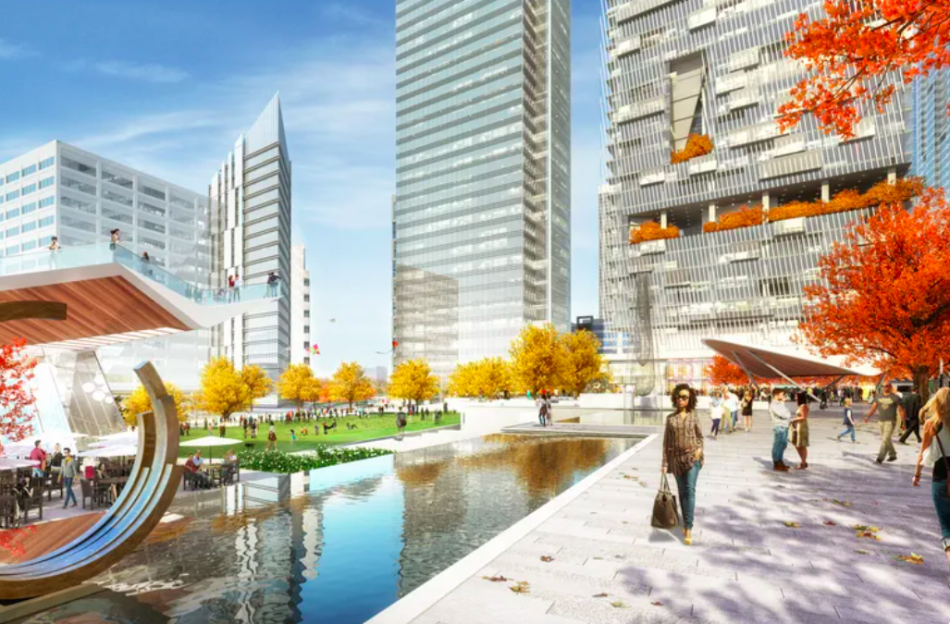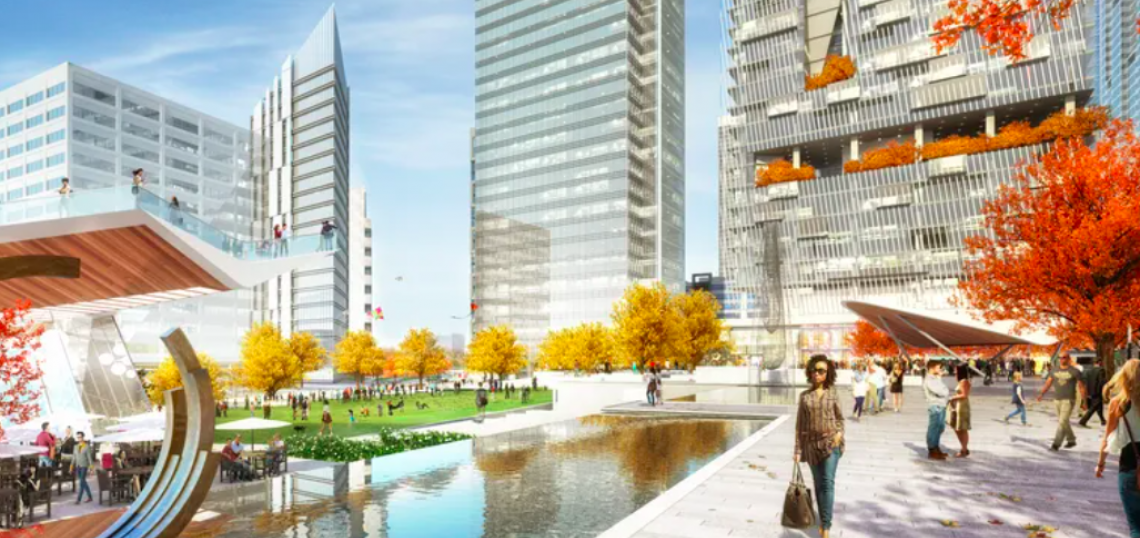Think of Atlanta a decade ago:
Ponce City Market was an off-limits construction zone. The Georgia Dome was in full swing but doomed. Downtown’s Gulch was a hopeless pit where dreams of extravagant train stations went to die. Midtown was riddled with enough parking lots to look like a checkerboard from above. Buckhead Village was just awaking from years of being a sorry, recession-walloped hole. Referring to “the BeltLine” meant that new jogging path near Piedmont Park neighbored by warehouses, empty lots, and apartment buildings that faced the other direction.
There's also this old reality from 2013: Brand-new, four-bedroom homes in East Atlanta, Kirkwood, Old Fourth Ward, and elsewhere were selling in the $300,000s. Cute, renovated bungalows in places like Adair Park, Howell Station, and West End were trading for $100,000 less than that. Newer, two-bedroom apartments in the $1,100/month range weren’t uncommon.
So it’s been a decade of fundamental changes to the city’s urban fabric, functionality, and accessibility in terms of real estate ownership.
Atlanta’s current trajectory suggests that could all seem like small potatoes come 2033. For better and maybe worse.
 The Stitch’s “Peachtree Green” section would reconnect a downtown street grid and create an active greenspace, setting the stage for park-oriented, high-rise development. Thestitchatl.com
The Stitch’s “Peachtree Green” section would reconnect a downtown street grid and create an active greenspace, setting the stage for park-oriented, high-rise development. Thestitchatl.com
As a fun, end-of-week exercise, we’ll open the comments below to discussion of what Atlanta could look like—both physically and not—a decade from now. As another post-pandemic year unfurls, the city could be at the starting line of enough monumental, infrastructural change to make Olympics-era redevelopment seem meager.
Just this week, Atlanta BeltLine Inc. announced a series of community meetings for outlining how the full project will be completed by 2030. All three initiatives to cap sections of Atlanta highways with multifunctional greenspaces—downtown’s Stitch, the Midtown Connector, and Buckhead’s HUB404—have moved beyond pie-in-the-sky phases to obtain actual funding and momentum toward breaking ground. And all indications are that, on a corner in Midtown, developers are about to start building Atlanta’s first true skyscraper since Bill Clinton was running for president.
Meanwhile, as a means of combating escalating housing prices and Atlanta’s ballooning cost of living, Mayor Andre Dickens has established a multi-agency “affordable housing strike force.” That’s part of the mayor’s goal to preserve or build 20,000 affordable housing units, also by 2030, when Dickens’ second term would end.
So, as always in Atlanta, the moving parts are multitudinous. In your estimation, dear readers, what could happen by 2033? What should happen? What will?
...
Follow us on social media:
• Our favorite 2022 photos of Atlanta's ever-changing skyline (Urbanize Atlanta)






